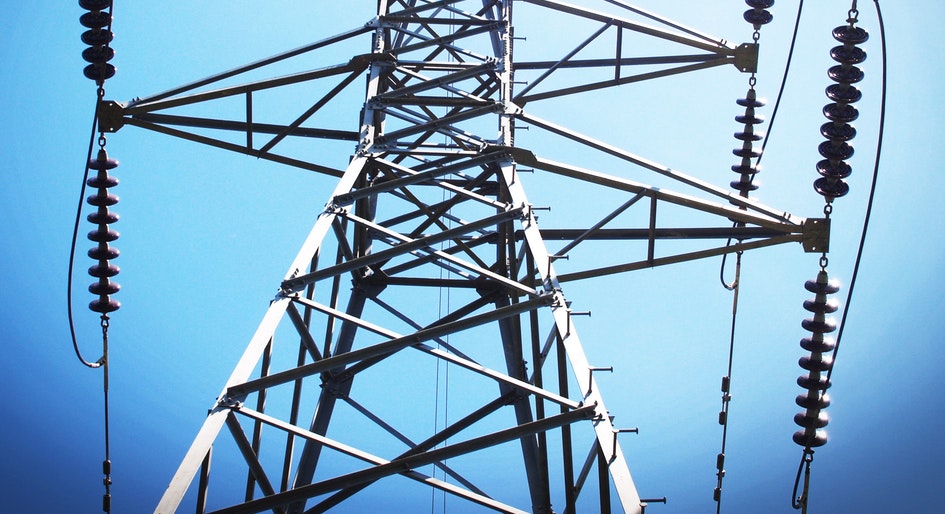Thirteen electricity utilities and system operators across Canada have agreed to share experiences and learnings around expanding grid capacity for decarbonization through renewable power sources, energy storage and smart technologies. The Canadian Renewable Energy Association (CanREA) is coordinating the collaborative effort through a newly established electricity transition hub, launched with a $1.6 million funding injection from the Canadian government.
“CanREA is uniquely positioned to gather global knowledge on wind energy, solar energy and energy storage integration, and then to translate these resources effectively to be relevant in all of Canada’s different regions and electricity systems,” says Phil McKay, who will serve as senior director of the electricity transition hub.
CanREA has also contributed $300,000 to the initiative with the aim of building a repository of transferrable knowledge related to decarbonizing the electricity grid and delivering sufficient and reliable supply for the electrification of transportation and space heating/cooling. The hub will provide a forum for utilities and system operators to connect through quarterly meetings and an annual summit, and will also publish quarterly reports.
Founding partners include: Alberta Electric System Operator; BC Hydro; City of Medicine Hat; EPCOR; Essex Power Corporation; Fortis Inc.; Manitoba Hydro; NB Power; Ontario Power Generation; Qulliq Energy Corporation; SaskPower; Toronto Hydro; and Utilities Kingston.
“The renewable energy industry has a critical role to play in helping Canada meet its net-zero commitments, and we must build new wind energy, solar energy and energy storage projects at an unprecedented pace,” observes Robert Hornung, CanREA’s president and chief executive officer. “Now is the right time to bring together Canada’s electricity utilities, system operators and the renewable energy industry for capacity-building activities related to the deployment and integration of these technologies within electricity grids. There is not a moment to waste.”






